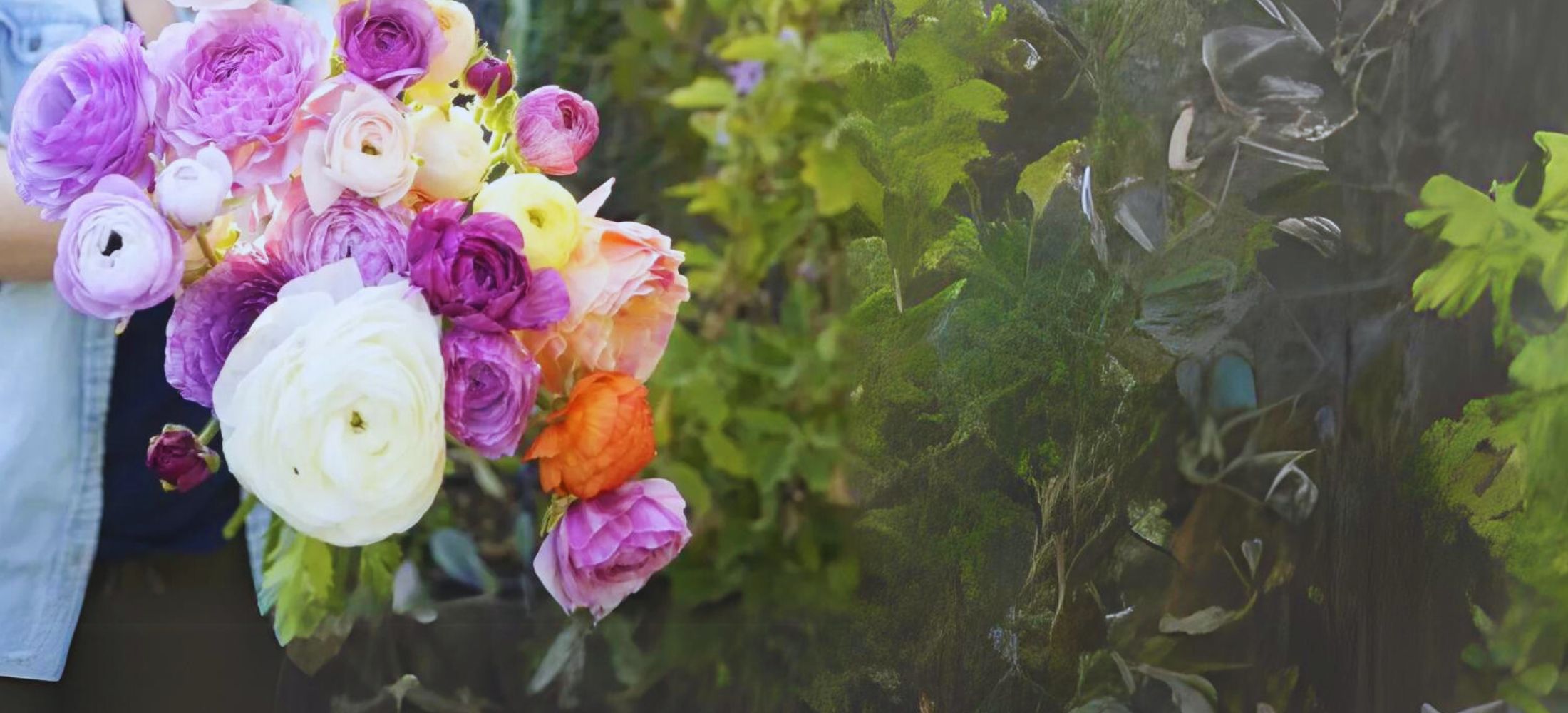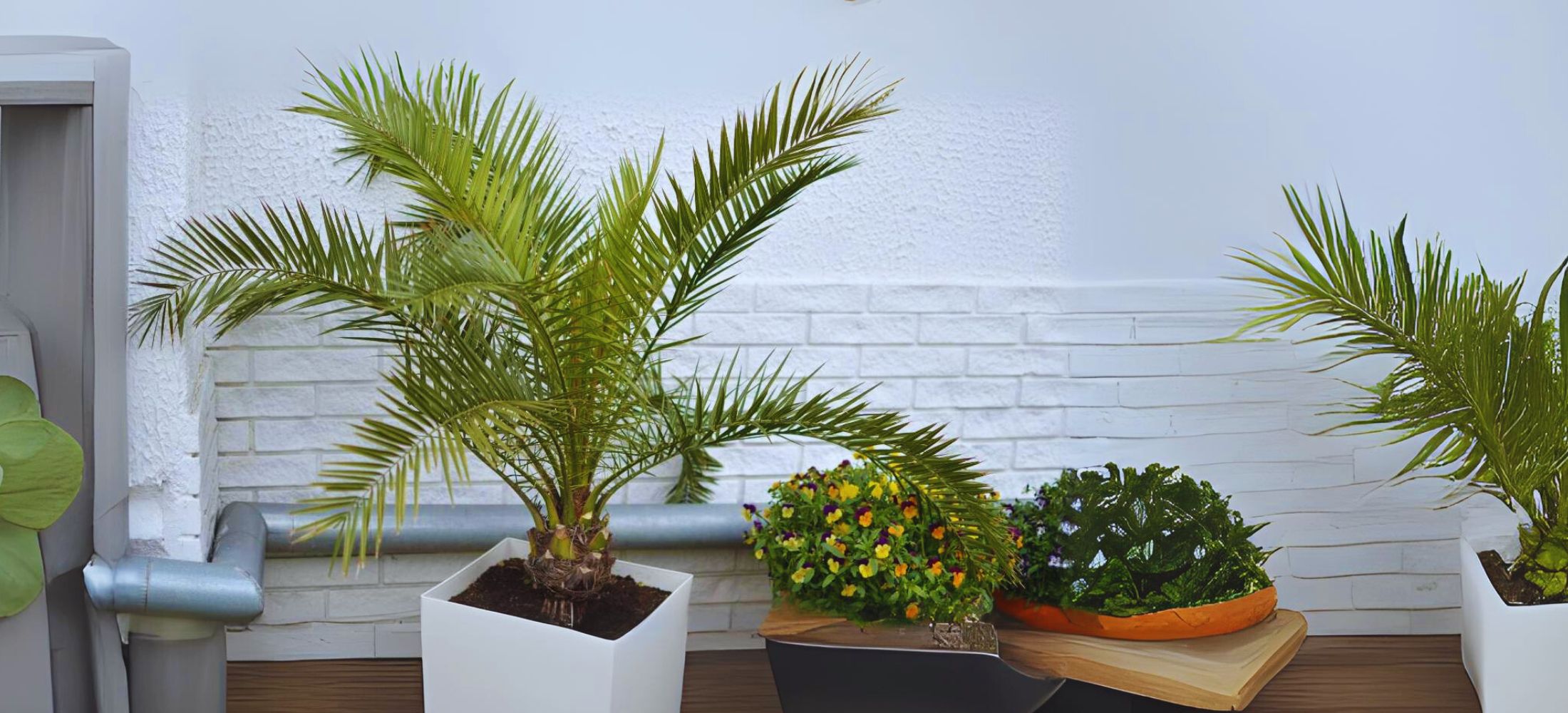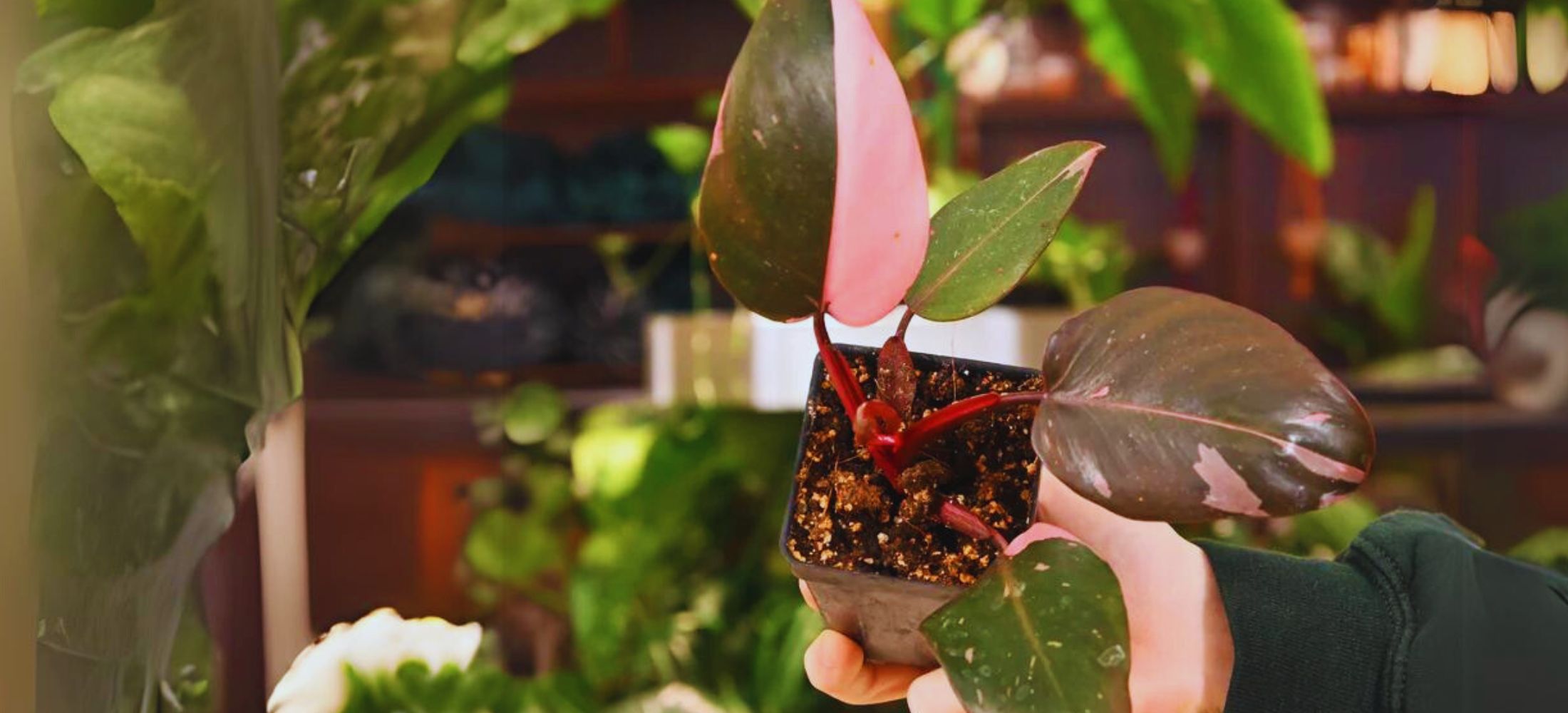Introduction
Ranunculus flowers, regularly known as “buttercups,” are well-known for its multi-layered petals and colorful colors, starting from clean pastels to formidable, vibrant colors. These charming vegetation can deliver a touch of splendor to any lawn or floral association, making them a favorite amongst gardeners and florists alike.
In this entire manual, we’ll find out the amazing varieties of ranunculus, their care dreams, planting recommendations, excellent growing situations, partner flowers, commonplace pests and ailments, and extra. Whether you’re new to gardening or professional, this manual covers the whole lot to make sure your ranunculus thrive particularly.
Varieties of Ranunculus
Ranunculus flowers have an entire lot of shapes, sizes, and colors, offering options to form any lawn fashion or association. Here are a number of the maximum well-known types:
1. Tecolote Ranunculus
The Tecolote range is ideal for its large, entire blooms which might be to be had in a superb form of colors, from moderate pinks and whites to colorful oranges, reds, and purples. These blooms can collect as plenty as four inches in diameter, making them a setting choice for garden borders or floral bouquets. Tecolote ranunculus are usually grown for his or her big, showy flowers and are famous with gardeners seeking to make a wonderful statement.
2. Amandine Ranunculus
Amandine ranunculus are a pinnacle preference for florists, as they produce plants with an everyday, extraordinary shape and color. These flowers are prolonged-lasting in arrangements and are available in sun shades that range from vivid purple and coral to deep purple and white. The Amandine variety is barely smaller than the Tecolote but however very complete, making it amazing for each lawn show and reducing for bouquets.
3 Bloomingdale Ranunculus
Known for its compact growth dependency, Bloomingdale ranunculus is ideal for situation gardens or smaller flower beds. These flora are available in thrilled, colorful sun shades like orange, yellow, and pink. The Bloomingdale variety is in particular hardy and clean to make bigger, making it a terrific desire for newbie gardeners or humans with limited regions.
4. Buttercream Ranunculus
With its creamy, moderate sun sunglasses, the Buttercream ranunculus offers a more subtle, present- day appearance. This variety is well-known in marriage ceremony bouquets and formal gardens because of its sensitive, pastel shades, which aggregate well with one-of-a-kind plants. Buttercream ranunculus offers an easy, romantic touch to any floral association or garden.
5. Elegance Ranunculus
Elegance ranunculus are prized for his or her robust stems and colorful shades, which embody colourful reds, oranges, and purples. These vegetation are a piece taller than some different types, often wearing out as masses as 24 inches, making them a first rate preference for lawn borders or arrangements that require pinnacle. Elegance ranunculus are mainly resilient, making them easy to develop in several conditions.
Each of these sorts brings a totally particular beauty to gardens and flower arrangements, permitting you to customize your planting scheme based totally mostly on shade preference and garden area.
Characteristics of Ranunculus flowers
Ranunculus flowers are characterized through their lush, layered petals that offer them a rose-like appearance. The Ranunculus flowers are normally approximately 3-5 inches in diameter and bloom in an array of colors, which consist of red, yellow, orange, crimson, purple, and white.
This massive color range makes them bendy, suiting diverse lawn challenge subjects from romantic to colorful and contemporary. Ranunculus flowers generally expand on stems 12-24 inches tall, giving them a sensitive but stylish look.
The lush foliage of the Ranunculus flowers enhances its blooms, with dark inexperienced, finely divided leaves that form a dense, appealing clump. Ranunculus flowers are mentioned for its terrific vase life, lasting up to 10 days at the identical time as lessen, which makes them a well-known preference for flower displays. Blooming in early spring,Ranunculus flowers are some of the first flora to hold coloration to the garden, brightening landscapes after the silly wintry weather months.
When and Where to Plant Ranunculus flowers
When to Plant Ranunculus flowers
The awesome planting time for Ranunculus flowers is based totally upon your climate. In warmer areas with mild winters, Ranunculus flowers may be planted within the fall to permit the roots to be installed in advance than wintry climate.
This results in an early spring bloom, because the vegetation takes advantage of cool wintry climate temperatures. In less warm climates where frost is more common, it’s great to plant ranunculus in early spring after the final frost. This allows the plants to increase and bloom in advance when the summer time warm temperature arrives.
Where to Plant Ranunculus flowers
Ranunculus flowers thrive in places with complete solar publicity, this means that they want at least 6-eight hours of direct daylight every day. Select an opening to your garden that is blanketed from harsh winds, due to the fact the sensitive plant life and stems may be broken with the useful resource of the use of robust gusts.
Raised garden beds and garden borders are superb for ranunculus, as the ones spots typically have higher drainage, which the plant life wants to save you from root rot. Container planting is also an exquisite preference, especially if you live in a far much less heat climate and need to move the flora interior sooner or later of immoderate weather.
By planting Ranunculus flowers in the right season and location, you’ll set them up for maximum green growth and bloom normally.
How to Plant Ranunculus flowers
Preparation
Before planting Ranunculus flowers, it’s important to prepare the tubers and soil properly. Ranunculus tubers, furthermore referred to as corms, look like small, brown claws. To assist them soak up water and kickstart their growth, soak the tubers in room-temperature water for about 3-four hours. Avoid over-soaking, as this could cause rot.
Planting Steps
- Step 1: Dig a hollow approximately 2-3 inches deep and region every tuber “claws down” into the soil.
- Step 2: Space the tubers approximately 6 inches aside to provide them room to boom and expand.
- Step 3: Cover the tubers with soil and water them lightly.
Ranunculus flowers planted in this way will start to sprout indoors 2-3 weeks, relying on the temperature. Planting ranunculus on the proper intensity and spacing guarantees healthful root development and a better hazard for sufficient blooms.
Ideal Soil, Temperature, and Water Requirements
Soil
Ranunculus flowers choose well-tired, sandy soil that is rich in natural depend. An independent pH range, among 6.Zero and 7.Zero, is right for his or her increase. To decorate soil drainage, add compost or sand in case your soil is heavy or clay-like. Good drainage is important to save you tuber rot, which can be a commonplace trouble with ranunculus if they will be overwatered.
Temperature
Ranunculus flowers develop brilliantly in cool temperatures, who pick daylight hours temperatures amongst fifty 5-sixty 5°F. Nighttime temperatures around forty°F inspire healthy increase and blooming. Ranunculus can tolerate mild frost, however prolonged bloodless durations can damage them, making them higher proper to regions with mild winters or managed environments.
Water
Water Ranunculus flowers are pretty, preserving the soil constantly moist but not soggy. Overwatering can cause root rot, so high-quality water at the same time as the top inch of soil feels dry. Using drip irrigation or a soaker hose is useful to provide regular moisture without soaking the foliage, which reduces the danger of infection.
Providing the right soil, temperature, and watering conditions will offer Ranunculus flowers the awesome surroundings to thrive.
Care Tips for Ranunculus flowers
Ranunculus flowers are pretty low-renovation, however a few key care steps can help keep them wholesome and blooming:
Fertilize
To promote robust blooms, feed Ranunculus flowers with a balanced, water-soluble fertilizer each 3-4 weeks in the long run of the developing season. This nutrient enhancement encourages non-save you flowering and costly boom.
Prune
Deadheading, or doing away with spent blooms, is essential to encourage new vegetation. Simply snip off the wilted blooms to direct the plant’s strength inside the route of the latest boom.
Mulch
A layer of mulch at some point of the flowers lets in to maintain soil moisture, suppress weeds, and modify soil temperature, all of which sell greater healthful plant life and reduce protection.
Regular care ensures that Ranunculus flowers preserve to bloom particularly, worthwhile you with colorful flora ultimately of the season.
Companion Plants for Ranunculus flowers
Ranunculus flowers make tremendous partner plants for specific spring-blooming plant life that percentage comparable to mild and soil requirements. Some perfect accomplice plant life encompass:
- Tulips and Daffodils:Tulips and Daffodils spring bulbs bloom at the same time as ranunculus, growing a lovely show of color and texture within the lawn.
- Hyacinths: With their fragrant blooms, hyacinths upload a pleasing fragrance to the lawn, complementing the advent of ranunculus.
- Lavender and Salvia: Both of those (Lavender and Salvia) perennials have complementary foliage and offer a contrasting texture to the smooth, rounded blooms of ranunculus, improving the overall splendor of the lawn.
Pairing Ranunculus flowers with the ones associated with vegetation offers variety to your garden and supports wholesome boom via developing a numerous environment.
Common Pests and Diseases
Ranunculus flowers can be tormented by several pests and ailments, however with proper care, those issues can be controlled efficiently.
- Aphids: These small insects can damage ranunculus with the aid of sucking sap from the leaves and stems, which might bring about stunted growth and yellowing leaves. Spraying plant life with insecticidal cleaning soap or the use of herbal predators like ladybugs can assist manage aphid populations.
- Powdery Mildew: This fungal sickness often appears as a white, powdery coating on leaves and stems, in particular in humid situations. Avoid overhead watering to prevent this problem, and make certain accurate air flow all through the plant life.
- Root Rot: Caused by horrible drainage or overwatering, root rot is a commonplace hassle with ranunculus. Planting in properly-worn-out soil and watering sparingly can save you this contamination.
Inspect your plant life often for signs of pests or disorder, and address troubles early to preserve your Ranunculus flowers healthy and thriving.
Conclusion
Ranunculus flowers are a cute addition to any garden, providing colorful color and splendor from early spring to mid-summer time. With right planting, hobby to soil and watering requirements, and everyday care, the one’s flora can thrive and produce adorable blooms.
By choosing complementary partner flowers and being aware about capability pests and illnesses, you’ll experience a colorful, flourishing ranunculus lawn season after season. With this guide, you’re prepared with all of the apprehend-a manners to grow and keep the ones charming plants efficiently.




One thought on “How to Grow Beautiful Ranunculus Flower: A Complete Guide”